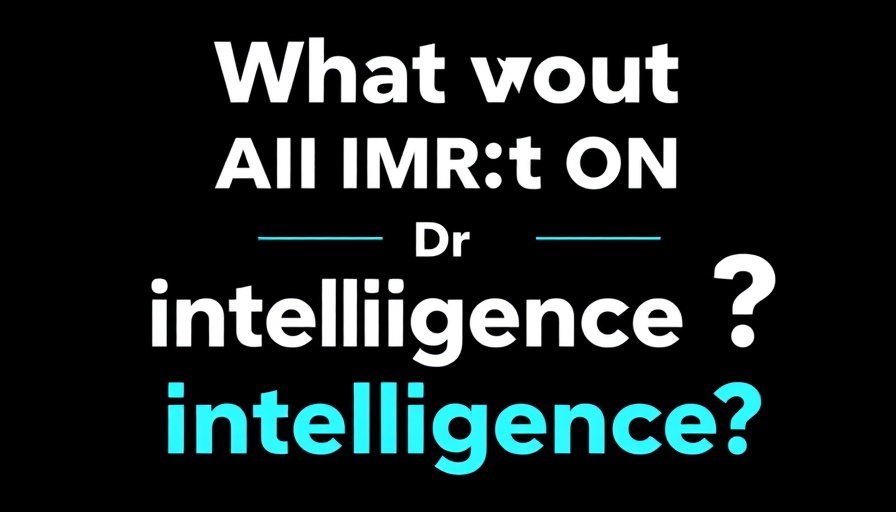
Does ChatGPT Hinder Cognitive Abilities?
A recent study from MIT has stirred the pot, suggesting that using AI tools like ChatGPT might negatively influence cognitive engagement, particularly during tasks such as essay writing. But the controversy arises from how the findings are interpreted and reported by various outlets.
Understanding the MIT Study
The study, titled "Your Brain on ChatGPT," divided participants into three distinct groups for an essay-writing task. One group relied solely on their memory, another used a traditional search engine, and the last group engaged with ChatGPT. EEG scans revealed that those who utilized ChatGPT exhibited diminished brain activity in critical areas associated with memory and decision-making. Their essays were also notably more uniform and less innovative.
The Misinterpretation of AI's Role
However, the media frenzy surrounding these findings often overlooks a crucial point. AI expert Ethan Mollick emphasizes that the study primarily suggests that reliance on AI can lead to decreased engagement with the material, rather than that AI inherently makes us less intelligent. He likens the results to an experiment with calculators; students unfamiliar with mathematics might depend too much on the device, ultimately hindering their learning.
The Importance of Responsible AI Use
This study reinforces the idea that AI tools must be applied thoughtfully. In both educational and professional spheres, the focus should be on integrating AI to enhance, not replace, critical thinking and comprehension. Experts advocate for teaching users how to leverage AI effectively while still promoting active engagement with material.
Future Implications of AI Engagement
As AI continues to evolve, understanding how it affects our cognitive processes becomes increasingly important. This study serves as a reminder that simply using AI for convenience does not equate to learning; it can lead to a superficial grasp of knowledge. Moving forward, encouraging critical engagement with AI tools is vital for maintaining and enhancing cognitive capabilities.
Conclusion: A Call for An Informed Approach
Ultimately, while ChatGPT and similar AI tools can provide shortcuts or assistance, users must recognize the potential pitfalls of over-reliance on technology. The findings prompt us to reconsider not only the tools we use but also the ways we engage with them. An informed, balanced approach to AI can help ensure that we use these technologies to foster learning and innovation rather than detract from them.



Write A Comment